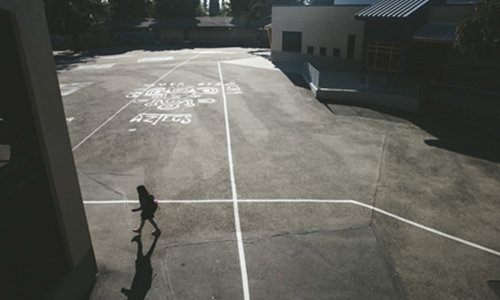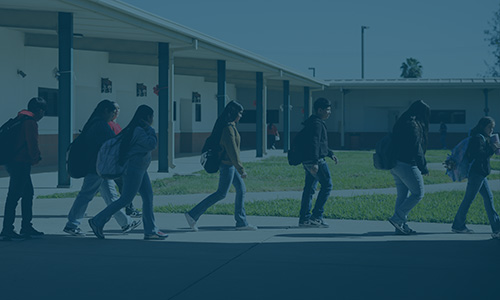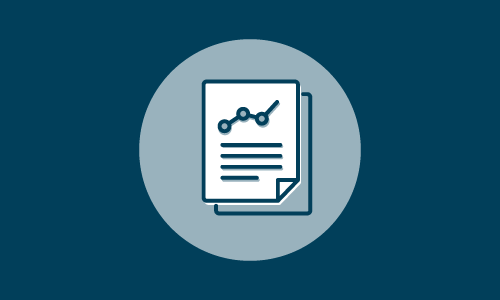White paper
Evaluating the relationships between poverty and school performance
2018

Description
This study examined the relationships between poverty and a school’s academic performance (both student achievement and growth). Educators, advocates, and policymakers can use these data to shape how people look at the performance of schools in their communities and to inform education policy (e.g., the effect of evaluating schools based on achievement vs. growth). The results suggest that the use of achievement measures when evaluating school performance in federal education policy and use of achievement by states biases the evaluation against schools who serve vulnerable populations with potentially adverse impacts on students most historically marginalized. Instead, schools and educators serving students living in poverty, experiencing trauma, and facing the greatest educational and economic barriers need to be recognized and supported when doing good work rather than doubly punished. This study also argues that a more accurate picture of what schools are contributing academically is needed for all communities. To conduct this study, student achievement and growth were examined in about 1,500 schools randomly selected from the user base of the MAP® Growth™ assessment from NWEA®. MAP Growth is a computer adaptive interim assessment used by more than 9,500 schools, districts, and education agencies around the world. The analyses investigated the relationships between student achievement and growth and school-level poverty variables like free and reduced-priced lunch (FRL) status. The results are then presented in ways educators can readily duplicate for their own setting. Online data visualizations providing interactive ways for people to examine their own questions related to this study (e.g., how are growth and achievement related to poverty in rural schools vs. city schools?) are also available as supplemental material (Hegedus, 2018).
See MoreTopics: Equity, High-growth schools & practices











